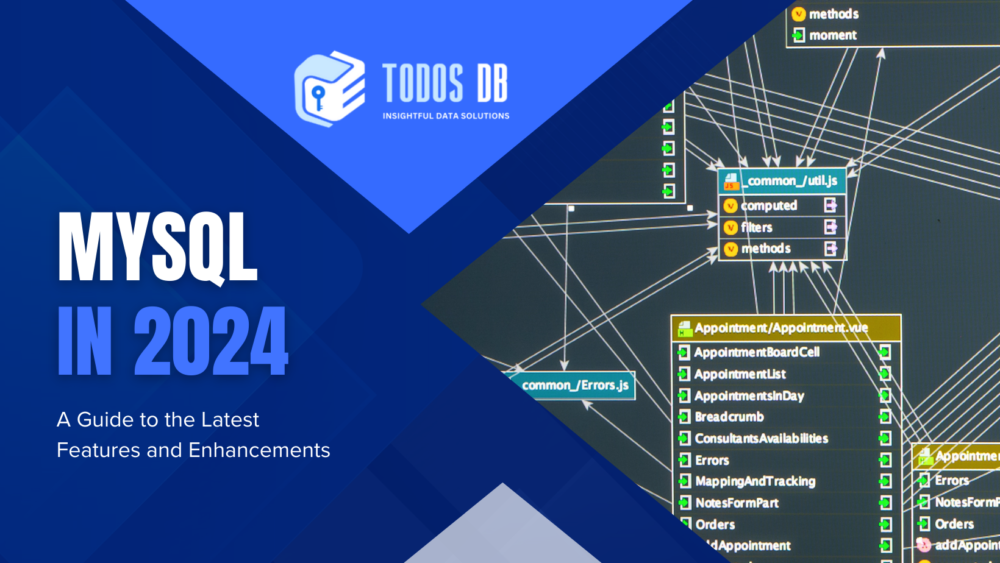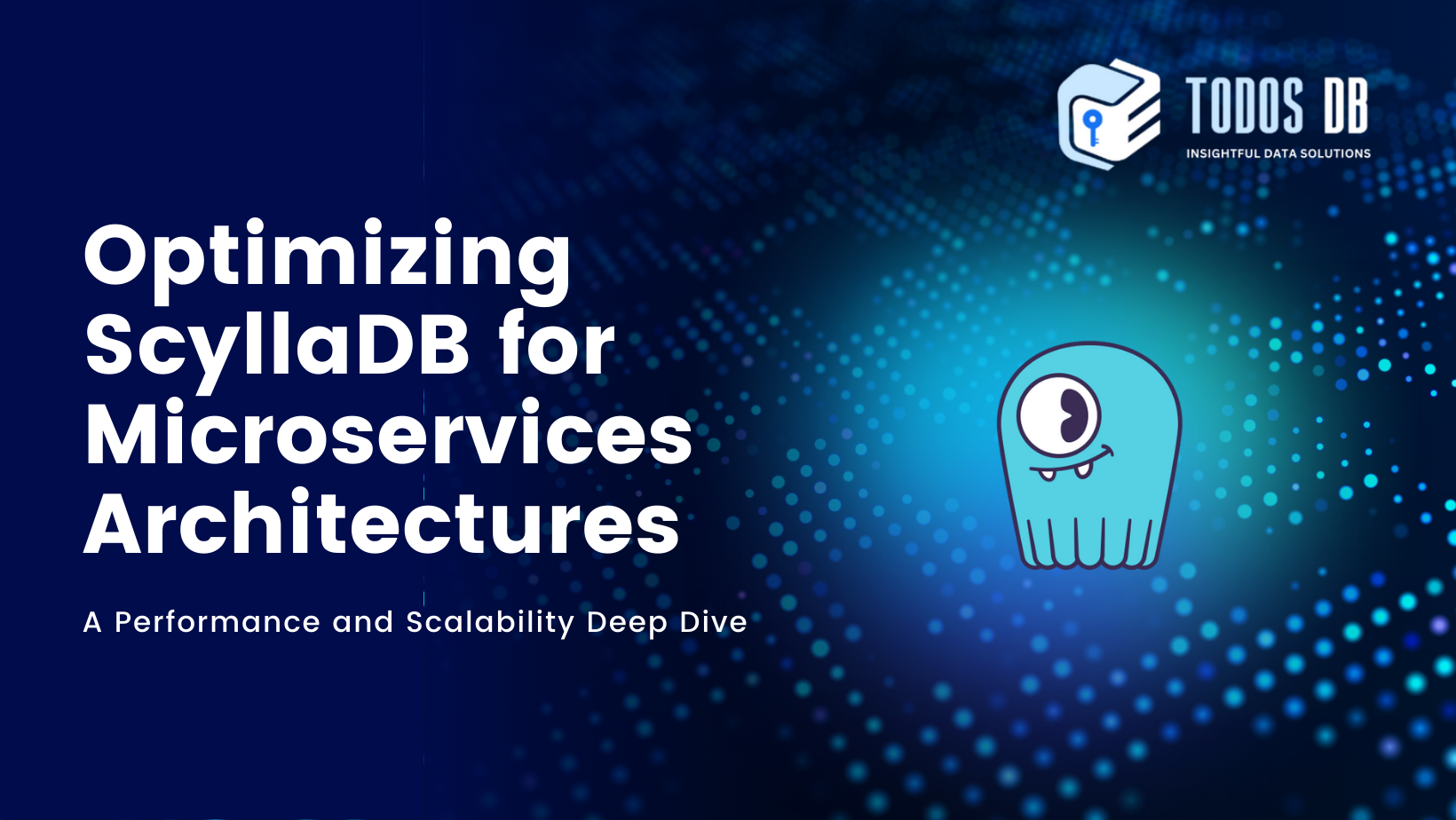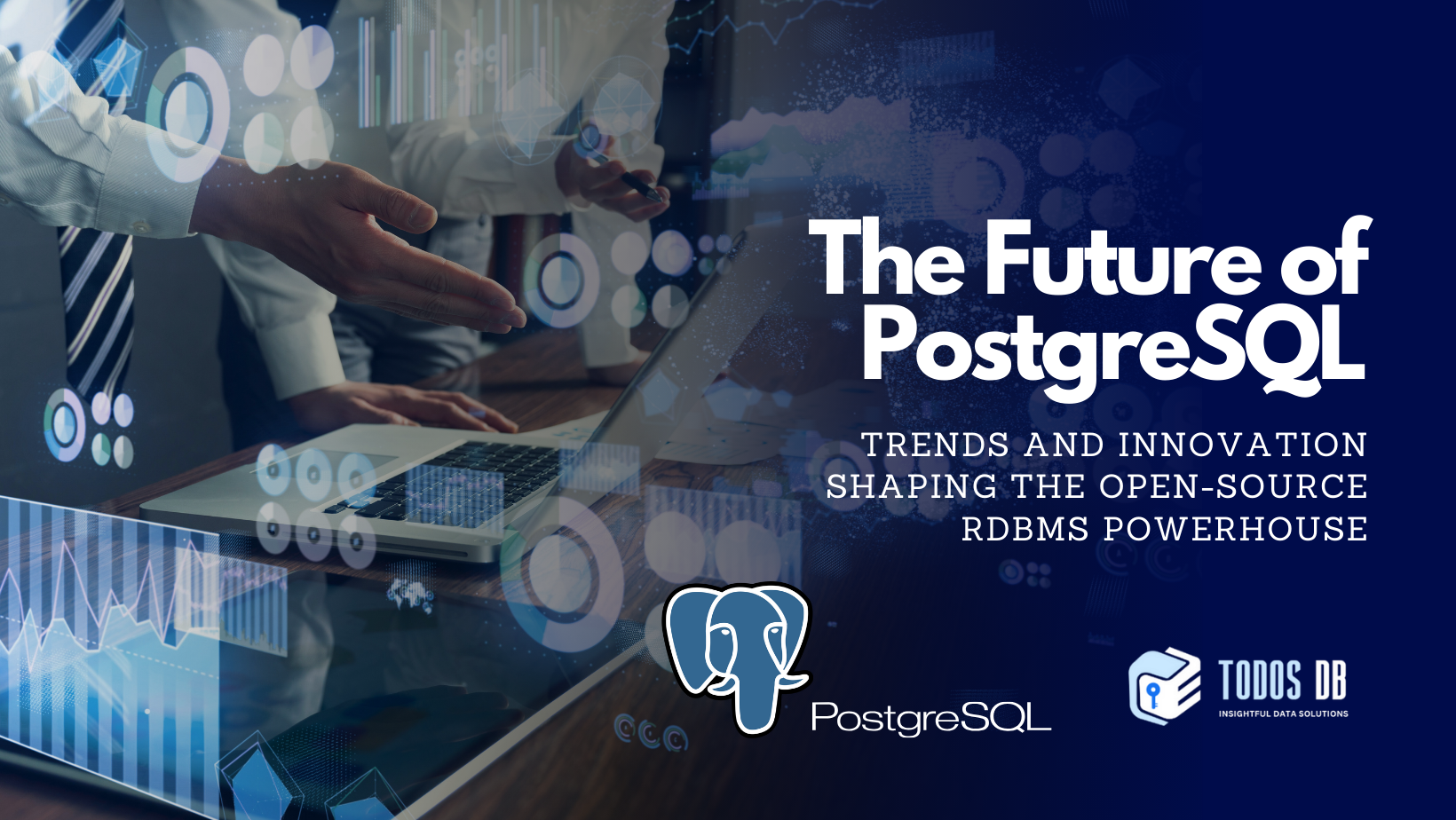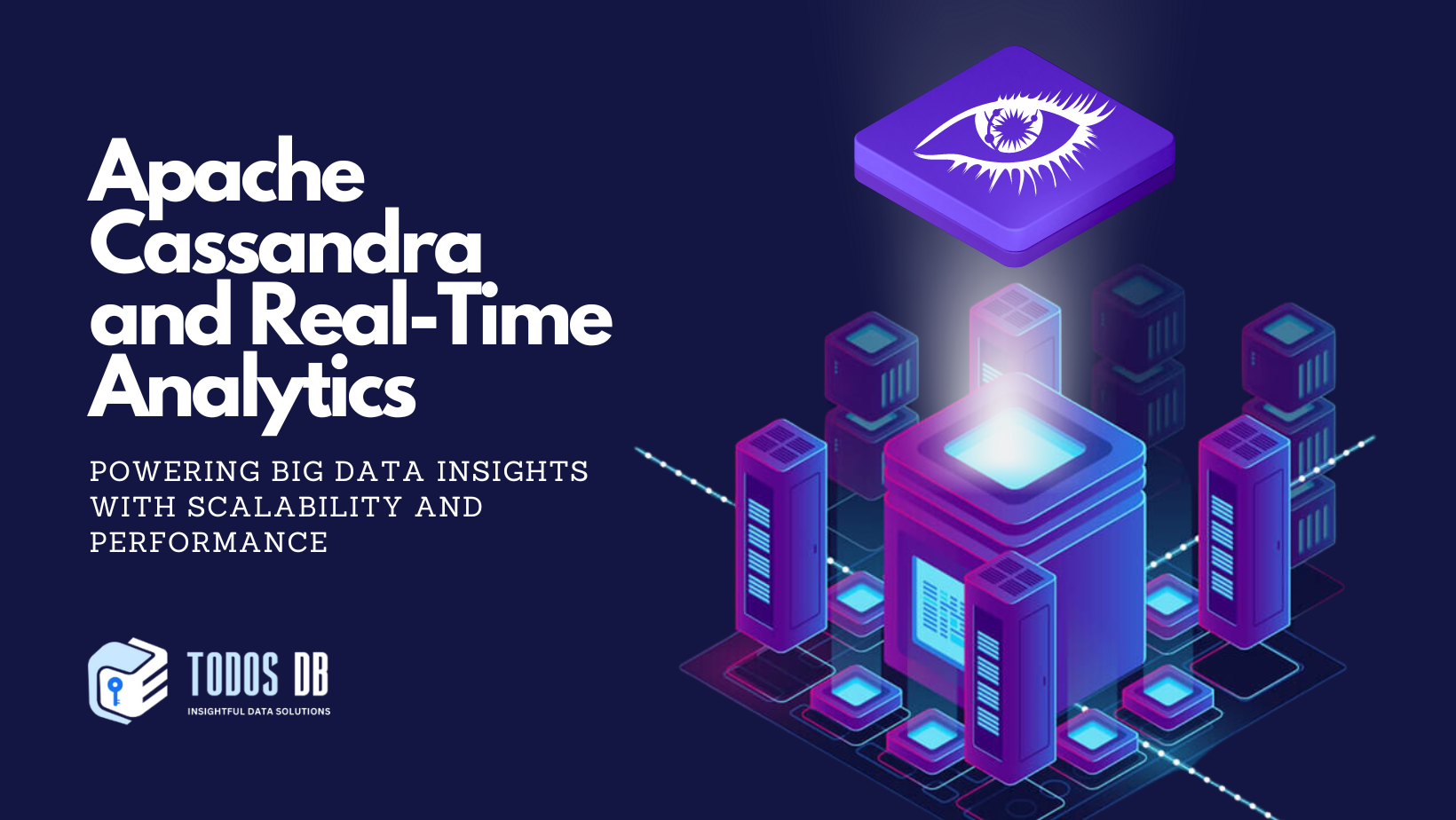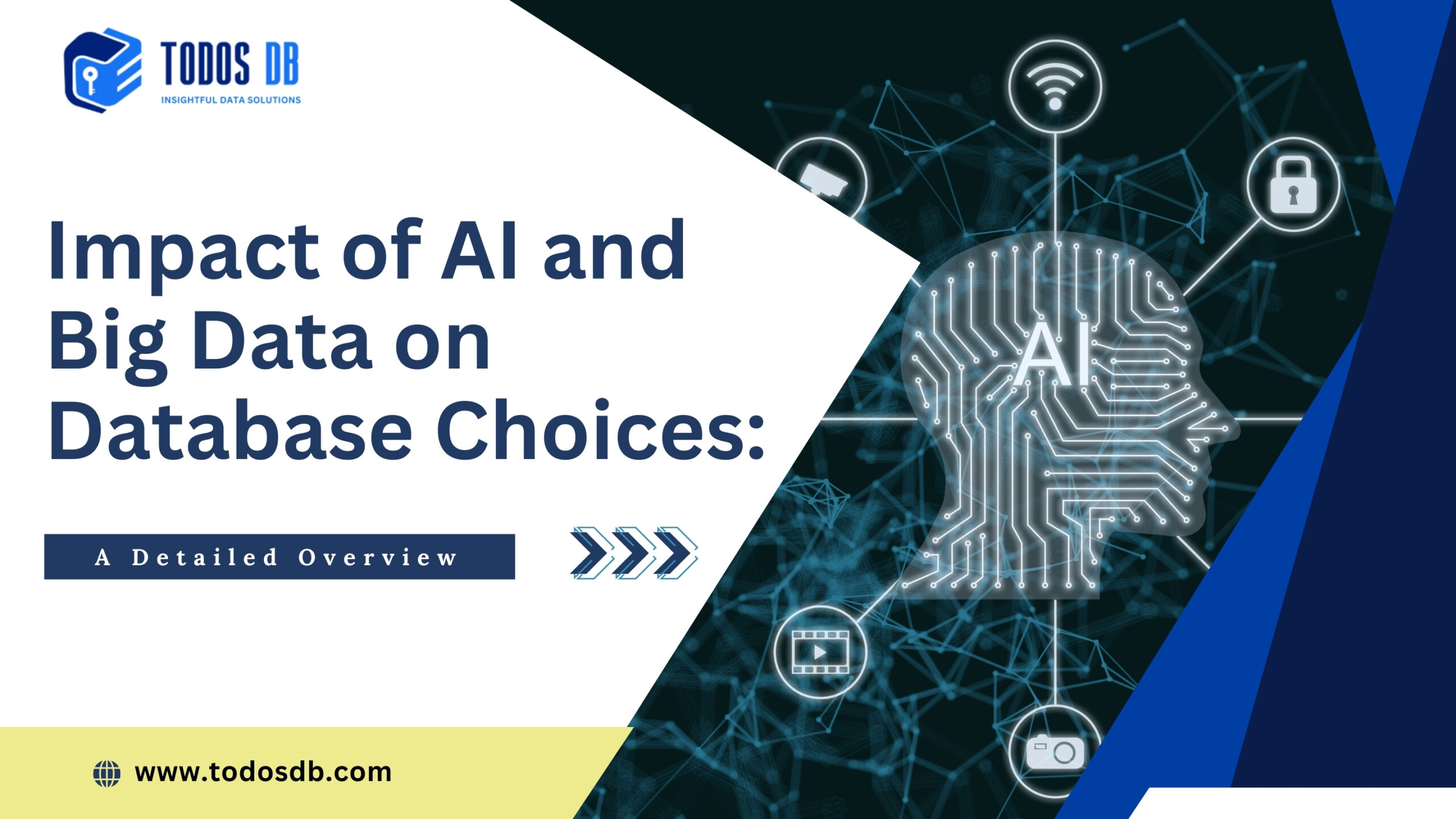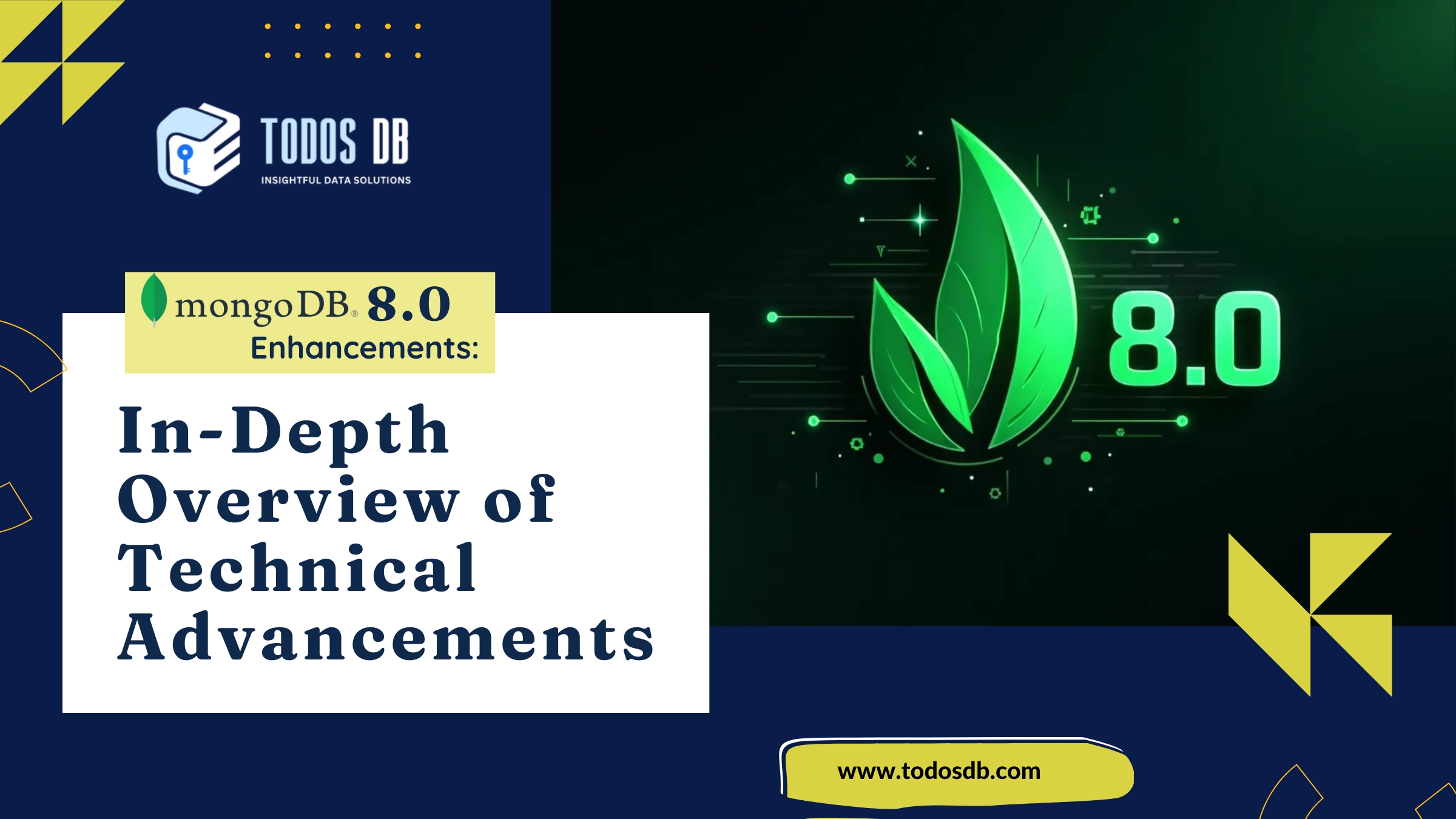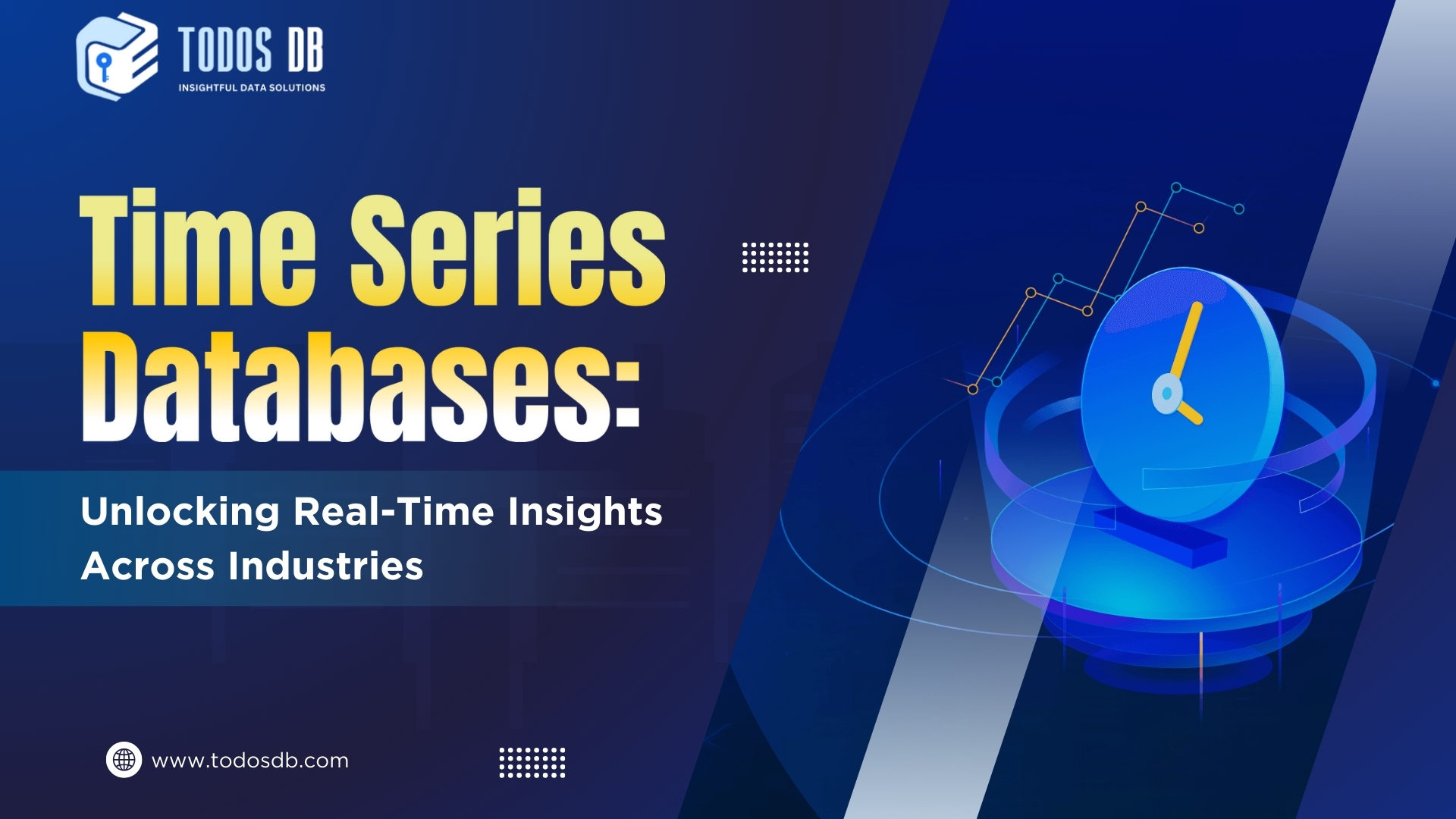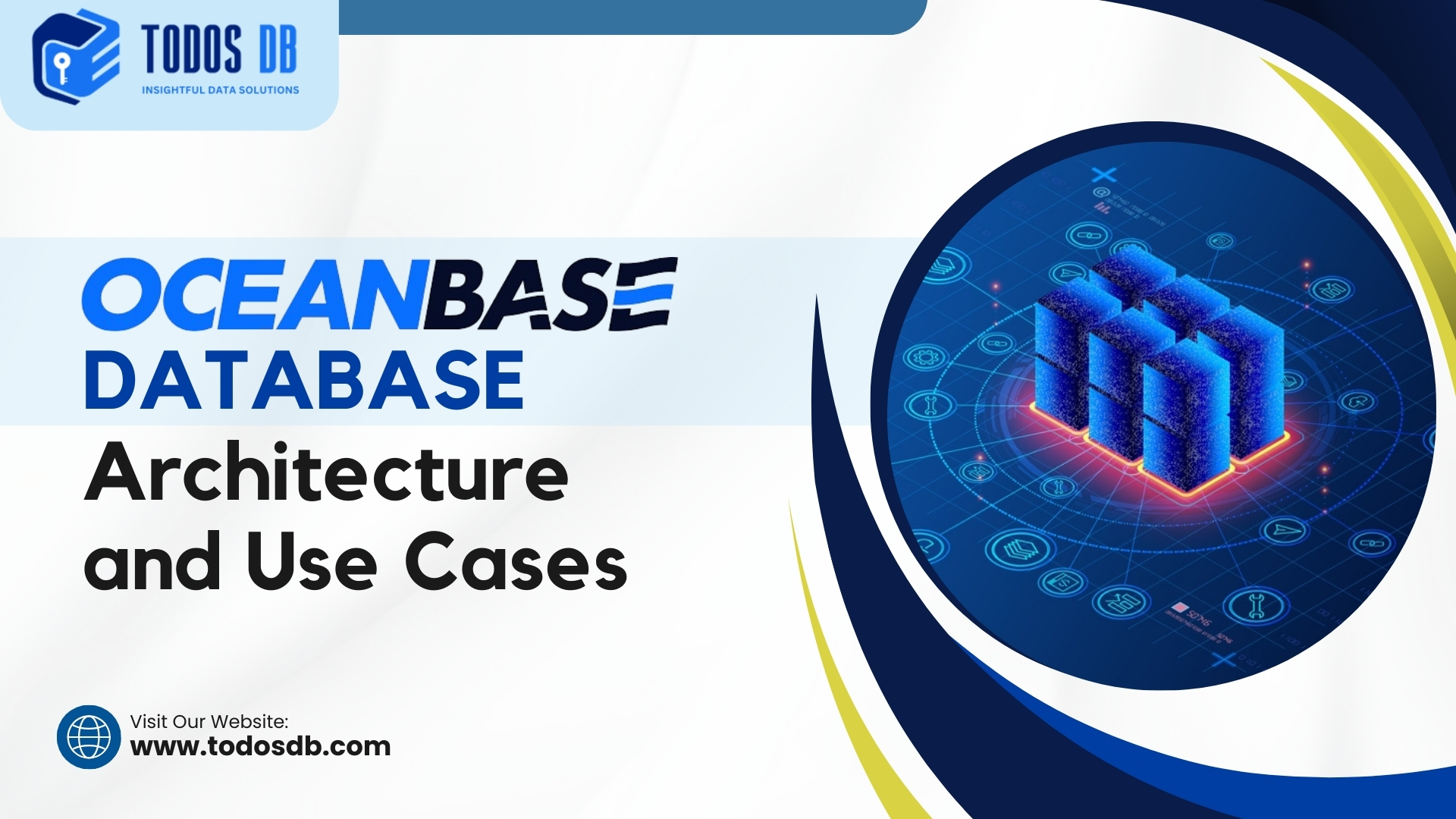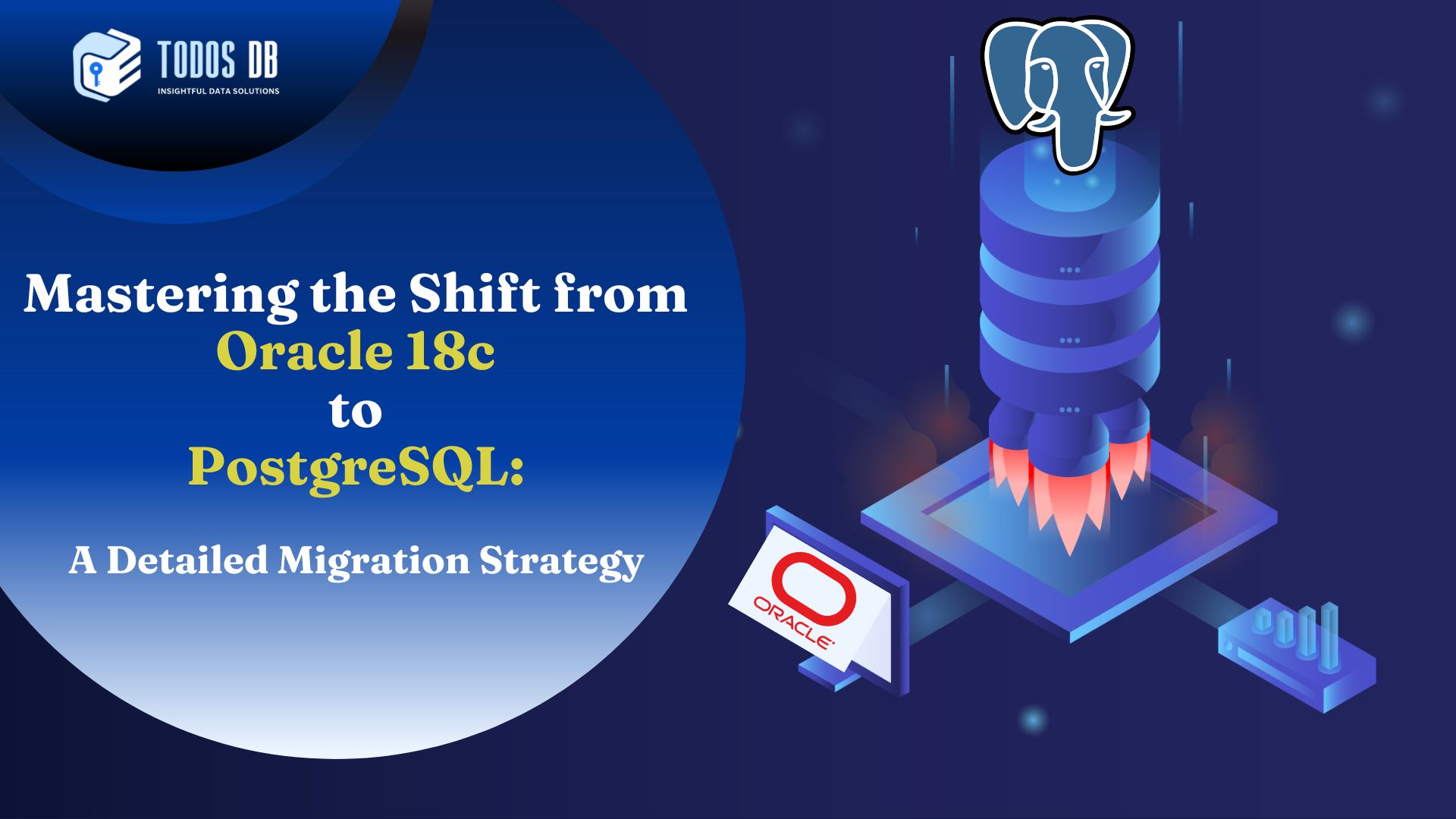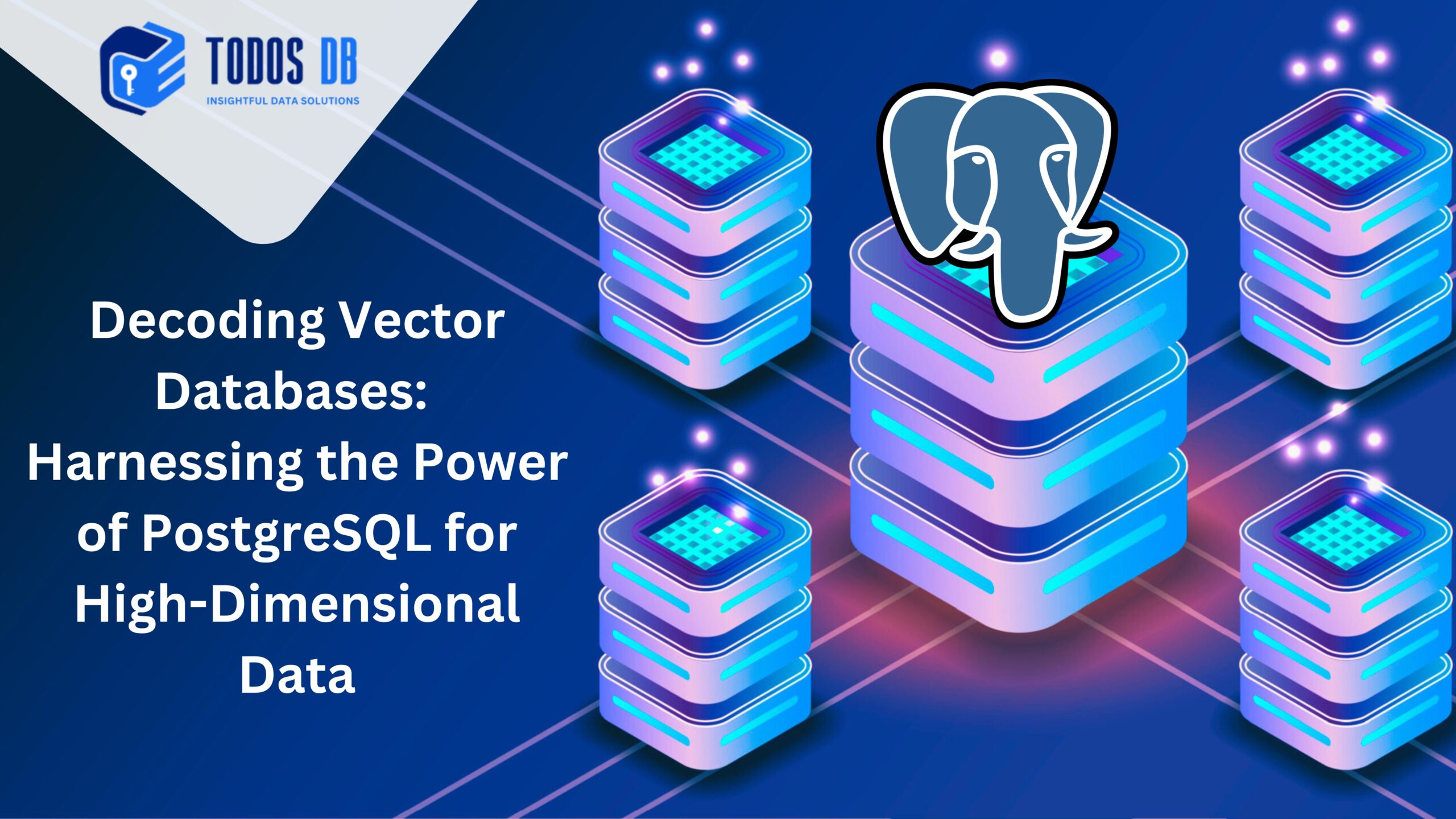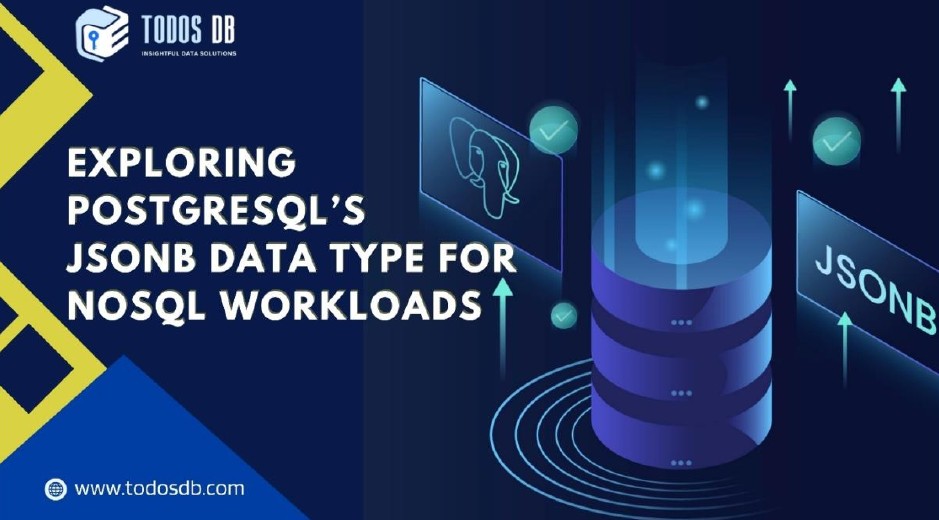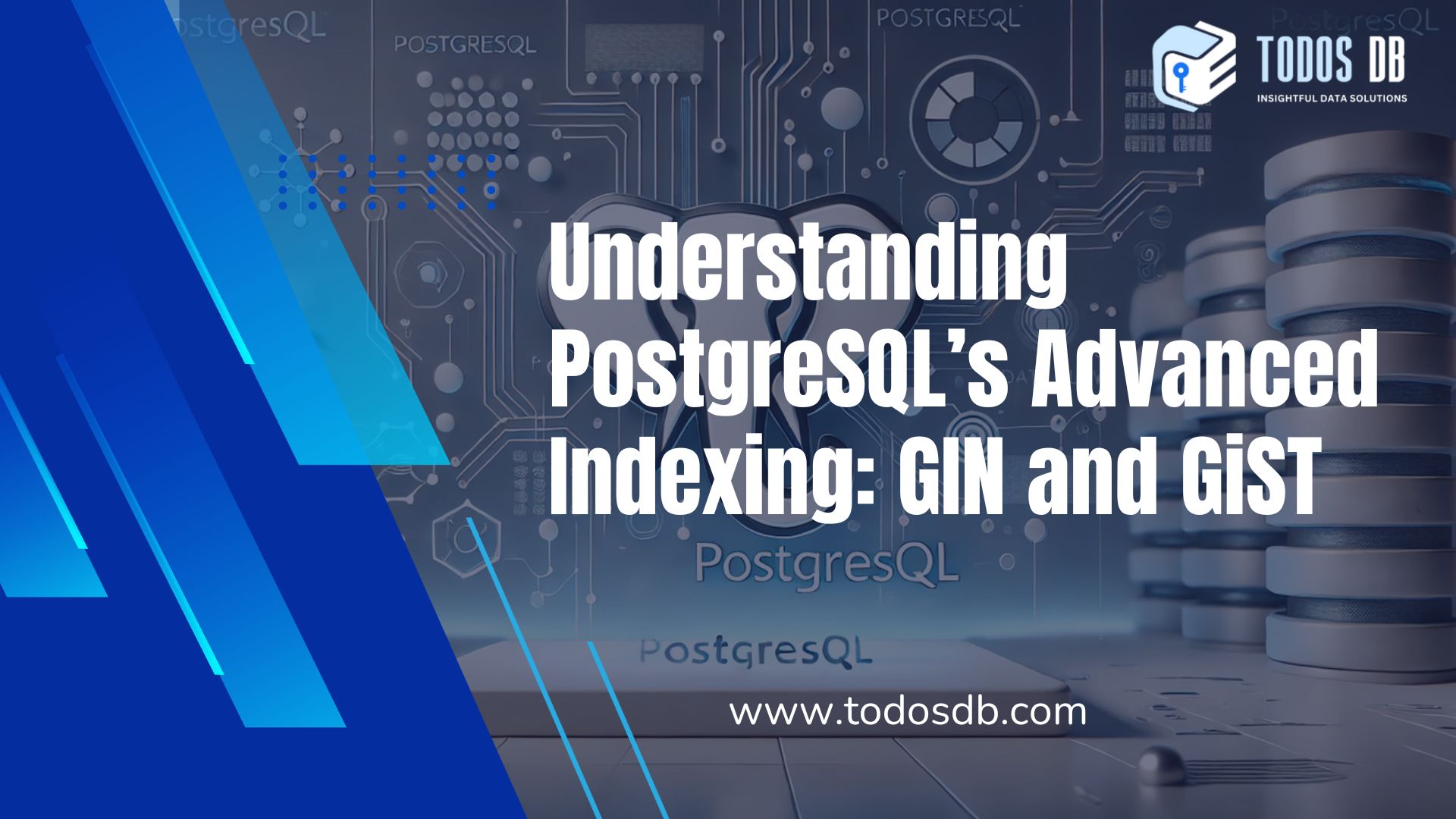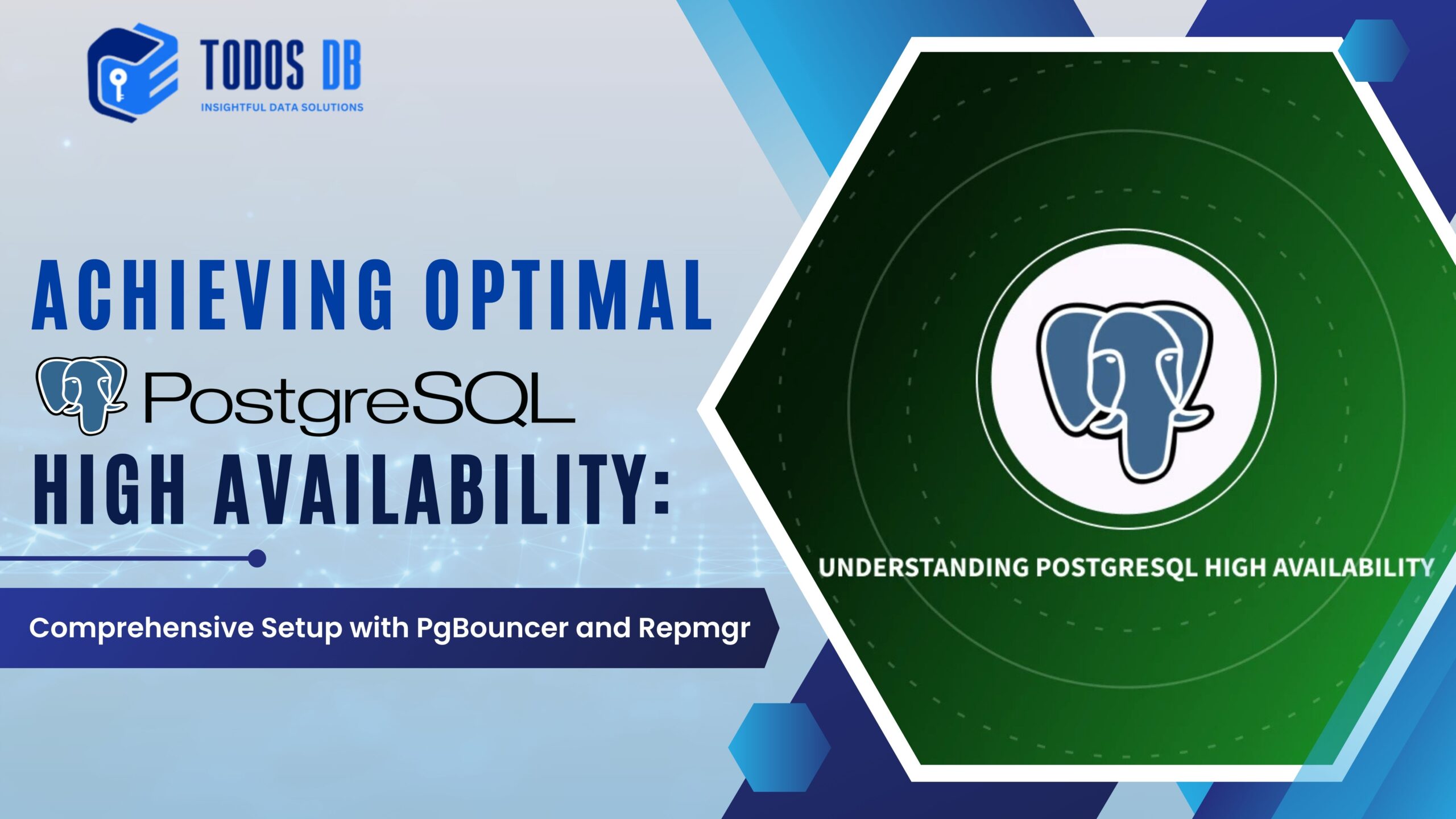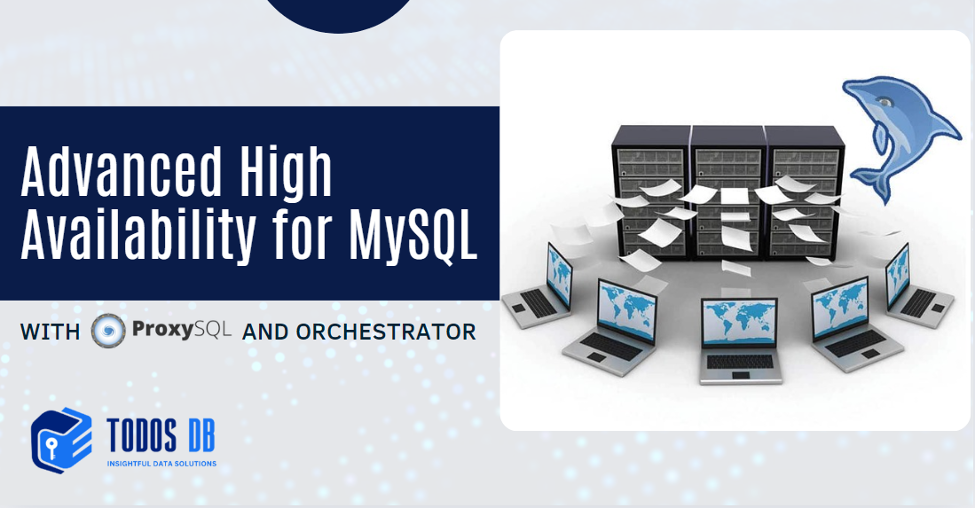This article delves into the intricacies of deploying MySQL databases on Amazon Web Services (AWS), specifically evaluating the two primary managed service offerings: Amazon Relational Database Service (RDS) for MySQL and Amazon Aurora MySQL. By dissecting their architectural underpinnings, performance characteristics, and suitability for various use cases, this analysis empowers database administrators and application developers to make informed decisions when selecting the optimal solution for their MySQL deployments on AWS.
MySQL in 2024: A Guide to the Latest Features and Enhancements
MySQL, the open-source relational database management system (RDBMS) dominating the landscape for decades, continues its reign in 2024. As applications evolve and data volumes surge, MySQL keeps pace by introducing innovative features and enhancements. Here at Todos DB, a leading database consulting and management services company, we’re committed to keeping you informed about the latest advancements in MySQL. This article delves into these key features, empowering you to leverage the full potential of MySQL for your projects in 2024 and beyond.
Optimizing ScyllaDB for Microservices Architectures: A Performance and Scalability Deep Dive
This article delves into the intricacies of optimizing ScyllaDB for microservices architectures. We’ll explore data modeling techniques, query optimization strategies, and best practices for maximizing performance and scalability. Additionally, we’ll discuss considerations for API design, monitoring, and how Todos DB’s database consulting and management services can empower you to harness the full potential of ScyllaDB within your microservices landscape.
The Future of PostgreSQL: Trends and Innovation Shaping the Open-Source RDBMS Powerhouse
PostgreSQL, fondly known as Postgres, is a cornerstone of the open-source RDBMS (Relational Database Management System) world. Renowned for its robustness, extensibility, and adherence to SQL standards, Postgres has carved a niche for itself since its inception in the 1980s. Today, it’s a compelling alternative for organizations seeking a feature-rich and reliable database solution. This article delves into the future of PostgreSQL, exploring the emerging trends and innovations shaping the database landscape.
Apache Cassandra and Real-Time Analytics: Powering Big Data Insights with Scalability and Performance
The digital era is fueled by data, and organizations are struggling to manage the ever-increasing deluge. Real-time analytics has emerged as a critical tool, allowing for immediate insights and informed decision-making. Apache Cassandra, a distributed NoSQL database, plays a vital role in this landscape by providing a scalable and fault-tolerant foundation for real-time analytics.
Mastering PostgreSQL: Unveiling the Architecture and Best Practices for Effective Troubleshooting
PostgreSQL has emerged as one of the most powerful and feature-rich open-source relational database management systems (RDBMS) available today. With its robust architecture and extensive […]
AstraDB Vs ScyllaDB Comparison
Introduction – In the rapidly evolving world of data management and AI-driven applications, choosing the right database platform is crucial. This Blog will compare DataStax’s AstraDB […]
Impact of AI and Big Data on Database Choices: A Detailed Overview
The rise of artificial intelligence (AI) and the rapid growth of big data are reshaping the database landscape. Organizations are now confronted with a wide […]
MongoDB 8.0 Enhancements: In-Depth Overview of Technical Advancements
MongoDB, a NoSQL database, has evolved to become one of the leading solutions for managing data in modern applications. Its flexibility, scalability, and high availability […]
Time Series Databases: Unlocking Real-Time Insights Across Industries
Time series databases (TSDBs) are specialized databases designed to handle high-frequency, time-stamped data efficiently. With the growth of IoT devices, real-time analytics, and system monitoring […]
OceanBase Database Architecture and Use Cases
Introduction to OceanBase OceanBase is a distributed relational database optimized for online transaction processing (OLTP) workloads. Designed initially by Ant Financial, it provides high scalability, […]
Mastering the Shift from Oracle Version 18c to PostgreSQL: A Detailed Migration Strategy
Migrating from Oracle 18c to PostgreSQL is a strategic decision many organizations are making in the face of rising licensing costs, flexibility, and performance optimization […]
Decoding Vector Databases: Harnessing the Power of PostgreSQL for High-Dimensional Data
Introduction to Vector Databases As the field of data science evolves, traditional databases are increasingly inadequate for managing high-dimensional data generated by applications such as […]
Exploring PostgreSQL’s JSONB Data Type for NoSQL Workloads
PostgreSQL has undergone significant transformations over the years, evolving into a powerful relational database that incorporates features traditionally associated with NoSQL systems. Among its most […]
Understanding PostgreSQL’s Advanced Indexing: GIN and GiST
PostgreSQL is renowned for its advanced indexing capabilities that go beyond traditional B-tree indexes, especially when dealing with complex queries and large datasets. Among its […]
Achieving Optimal PostgreSQL High Availability: Comprehensive Setup with PgBouncer and Repmgr
INTRODUCTION: In the realm of enterprise database systems, ensuring continuous availability and minimizing downtime are critical. PostgreSQL, a widely used open-source relational database management system, […]
Advanced High Availability for MySQL with ProxySQL and Orchestrator
High Availability (HA) is critical for ensuring the continuous operation and performance of modern applications. MySQL, a widely used relational database management system, provides replication features to achieve data redundancy and scalability. However, achieving optimal HA requires more than just replication; it necessitates sophisticated tools for load balancing and failover management. In this detailed article, we’ll explore how to set up a robust HA environment using ProxySQL for load balancing and Orchestrator for failover and topology management. This guide covers advanced configuration details, performance tuning, and integration strategies for a seamless HA solution.





